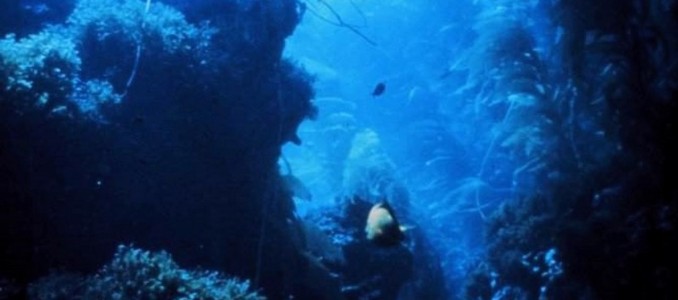Results 1 to 2 of 2
Thread Information
Users Browsing this Thread
There are currently 1 users browsing this thread. (0 members and 1 guests)
Threaded View
-
03-13-2014, 11:02 PM #1
Fukushima Radiation Levels Low Along West Coast
Fukushima Radiation Levels Low Along West Coast
Added by Daniel O'Brien on March 13, 2014.
Saved under Daniel O'Brien, World
Tags: fukushima radiation
Fukushima radiation levels low along West Coast according to researchers at Simon Fraser University in British Columbia and the Oregon Health Authority.
Three years after being struck by a 9.0 magnitude earthquake and ferocious tsunami that killed over 15,000 people, Japan’s Fukushima Dai-Ichi nuclear power plant continues to leak radioactivity and irradiated materials. As well, it is feared that radioactive debris from the plant may have been swept into the ocean when the wave retreated, potentially increasing the amount of radioactive materials in the Pacific Ocean. Numerous reports of contaminated cooling water pouring out of damaged storage tanks and into the ocean have surfaced, further stoking fires of doomsday prophecies and intense fears. But how extreme is the radiation along the West Coast?
The most common nucleotides are Caesium 134 and 137. Both isotopes are created after Caesium is used to create fission in nuclear power plants, and Caesium 137 is responsible for much of the concern regarding how to deal with unwanted nuclear waste. It has a half-life of 30 years, meaning that in that time the intensity of its radioactivity is reduced by half. The half-life of Caesium 134 is just over 2 years, and so it does not cause as much concern in small amounts. Both isotopes emit gamma radiation as they decay, and both readily mix with water and air before being deposited on surface soil where they remain before being removed by particle transport.
After the Fukushima leak was announced, thousands of gallons of cooling water laden with Caesium 134 and 137 isotopes were accidentally lost into the Pacific, causing many to worry that the radiation would travel along ocean currents and affect animals and people living half the world away along the North American West Coast. But now, after dozens of researchers have shown that Fukushima radiation levels are low along West Coast beaches, public alarm and outrage is gradually decreasing.
The governments of Canada and the U.S. have been slow to gather data and release information regarding the levels of Fukushima radiation in the waters, a move that many have said is a breach of public trust a missed opportunity to be seen a reliable source of information during a crisis. This seems to have come about more due to a poorly timed “divesting of interest” in environmental monitoring and research to non-profits, academics, and private citizens. The it is not so much a lack of information gathered that has led to the near silence but rather a lack of interest in gathering data in the first place.
This is more of an excuse than a good reason, and the governments of both countries should ideally have a much higher interest in bringing concise, factual information to the public given the chance of the effects of radiation lasting for years even after the Fukushima plant is cleaned up and sealed.
Despite this, soil, water, and biological samples collected by private citizens have been gathered and analyzed by several institutions since the alarm was raised. And despite the amount of irradiated material floating around, they say that Fukushima radiation levels remain low along West Coast North America. In fact, results from most samples are showing more radiation from weapons tests conducted in the Pacific from the 50’s, 60’s, and 70’s than from Fukushima. With debris levels dropping every year, many West Coast cities are lowering their guard when it comes to reporting and cataloging potentially dangerous materials because the evidence points to the danger being much lower than was reported initially.
By Daniel O’Brien
Sources
The Vancouver Sun
USA Today
Global News
http://guardianlv.com/2014/03/fukush...ng-west-coast/NO AMNESTY
Don't reward the criminal actions of millions of illegal aliens by giving them citizenship.
Sign in and post comments here.
Please support our fight against illegal immigration by joining ALIPAC's email alerts here https://eepurl.com/cktGTn


 LinkBack URL
LinkBack URL About LinkBacks
About LinkBacks






 Reply With Quote
Reply With Quote


BEN BERGQUAM - THE BORDER IS WORSE THAN WE THOUGHT, BUT TRUMP...
05-18-2024, 02:46 AM in Videos about Illegal Immigration, refugee programs, globalism, & socialism